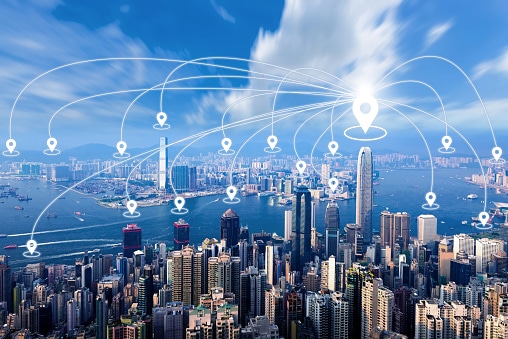The market for IoT systems for healthcare providers is expected to grow to $13.3 billion in 2025 from $10.6 billion in 2020, according to GlobalData.
The Internet of Things (IoT) has become a crucial component of contemporary life, transforming not just how businesses and industries run but also how we as individuals live. Digitalization has completely changed how medical equipment are created and used, how patient data is gathered and handled, and even paved the path for preventative care in the healthcare industry.
The Internet of Things (IoT) is a network of wireless, connected, and interconnected electronic devices that gather, transmit, and store data. This can apply to healthcare and include things like RFID tags and medical gadgets that track vital signs like heart rate and blood sugar levels. Electronic health records (EHRs), mobile health (mHealth), connected medical equipment, and remote patient monitoring have all been on the rise for some time, but the COVID-19 epidemic has given them a lot more attention.
Real-time data, data analysis, digital twins, and remote monitoring are revolutionising how patients are diagnosed and treated, making digitalization the future of healthcare.
The value chain for IoT is divided into five tiers by GlobalData’s Thematic Research report, Internet of Things in Healthcare: Devices, Connectivity, Data, Apps, and Services. Cameras, microprocessors, and sensors are all part of the device layer. Using a continuous glucose monitor (CGM) as an illustration, this will include the sensory wire, which measures the enzymatic reaction and hydrogen peroxide production to determine the glucose level using glucose oxidase.
Networking hardware and cloud infrastructure are components of the connection layer. This is essential for a CGM to make sure the electrical signals produced when hydrogen peroxide reacts with the sensor are transmitted to the transmitter.
The value chain for IoT is divided into five tiers by GlobalData’s Thematic Research report, Internet of Things in Healthcare: Devices, Connectivity, Data, Apps, and Services.
The data layer describes how this information is stored, cleaned, integrated with other systems, and analysed after it has been gathered. This is crucial for remote and continuous monitoring devices, such as a CGM, because smart data analysis enables automatic alerts if a patient is in danger and requires medical attention. Smart data analysis also enables safe storage of this information for patients and healthcare professionals to check.
Among the components of the app and service layer are mobile platforms for patients to check their blood sugar levels and service providers involved in the creation and upkeep of IoT ecosystems.














